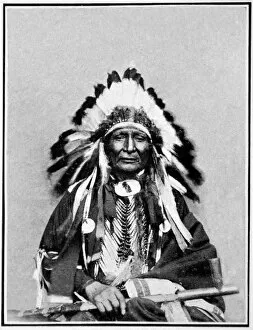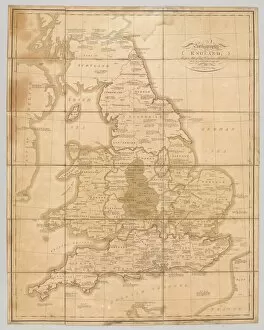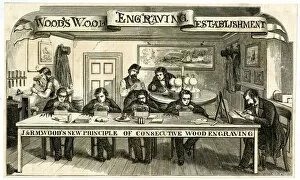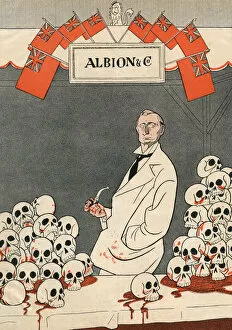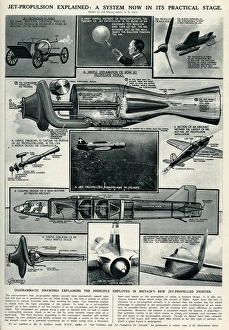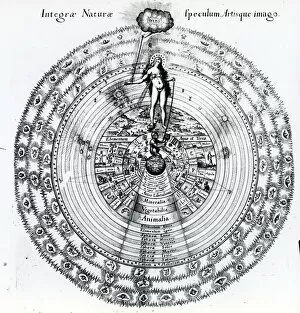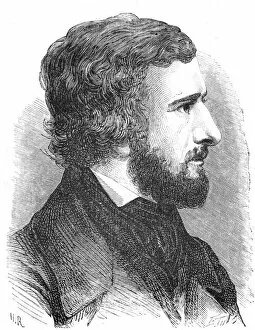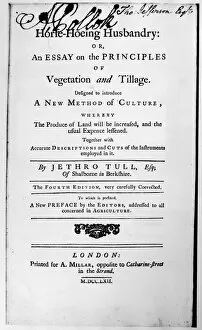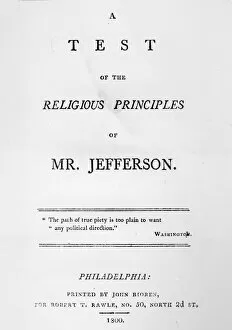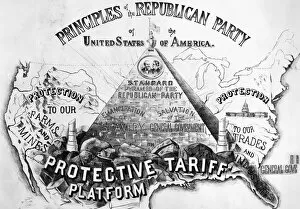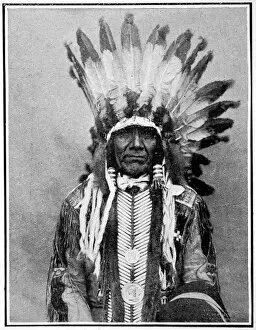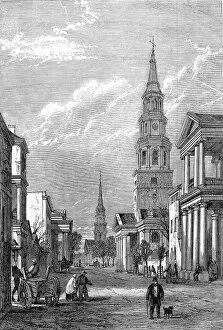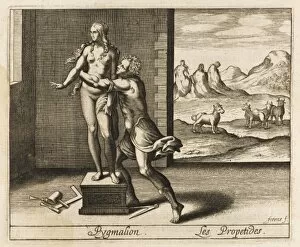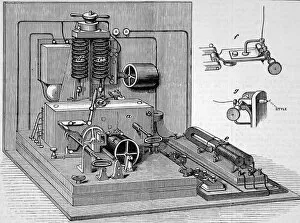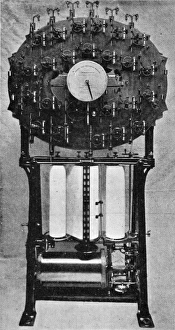Principle Collection (page 2)
"Exploring the Timeless Principle: From Cinderella to Cutting-Edge Science" A magical night at the London Hippodrome
All Professionally Made to Order for Quick Shipping
"Exploring the Timeless Principle: From Cinderella to Cutting-Edge Science" A magical night at the London Hippodrome, as Cinderella teaches us the principle of hope and transformation. Captivating aerial view of Dr Barnardo's Home in Barkingside, reminding us of the principle of compassion and care for those in need. Unveiling Stephen Gray's groundbreaking discoveries in electricity through an enlightening lecture, showcasing the principle of scientific progress. Werner Heisenberg, a brilliant German physicist (C017 / 7123), embodying the principle of relentless pursuit for knowledge and understanding. Witnessing the conversion process of a London telephone exchange, exemplifying the principle of adaptability and technological advancement. The Rat - An Egyptian Sun God symbolizing resilience and survival; a testament to ancient principles that still resonate today. Hsi Wang Mu - Yin - Werner: Exploring Eastern philosophy alongside scientific principles, bridging cultures through shared wisdom. Demonstrating the cantilever principle with precision and grace, unveiling its architectural marvels that defy gravity's limitations. Construction underway on Forth Bridge showcases how engineering ingenuity embraces the cantilever principle to create monumental structures that stand against time's test. The Gilles: Celebrating traditional festivities rooted in folklore while honoring timeless principles like community spirit and joyous celebration together. Flettner rotor diagram reveals innovative applications harnessing natural forces such as wind power – an embodiment of sustainable energy principles shaping our future. In this captivating journey from fairy tales to cutting-edge science, we uncover how various aspects of life are intertwined by timeless principles that shape our world across different domains – be it technology, architecture or even ancient beliefs.

